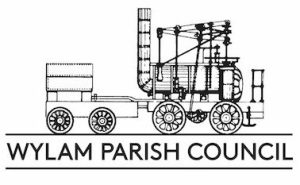Wylam is a thriving Northumberland village about 10 miles west of Newcastle, sitting on the River Tyne. Although now primarily a busy commuter village with lots going on for residents and visitors, it has a surprisingly industrial and coal mining past. It is best known as being the the birthplace in 1781 of George Stephenson, called by many the Father of Railways. But other pioneering engineers lived and worked here too.
George was born in a shared cottage about half a mile east of the centre of the village, along what was then a coal-carrying waggonway, but now a walking and cycling route. The building is owned by the National Trust. But before he got to work seriously on railway locomotives engines elsewhere on Tyneside, Wylam engineers William Hedley, Timothy Hackworth and Jonathan Forster had already created locos Puffing Billy (see logo above) and Wylam Dilly in 1813.
Wylam is close to Hadrian’s Wall and its national walking trail. Hadrian’s Cycleway, part of the National Cycle Network, passes through the village using part of the line that was the Scotswood to Wylam railway north of the river until 1968. Wylam also has its own Railway Museum and a Local Nature Reserve, both of which attract many visitors each year. The village still has a working station south of the river on the Newcastle to Carlisle line.
